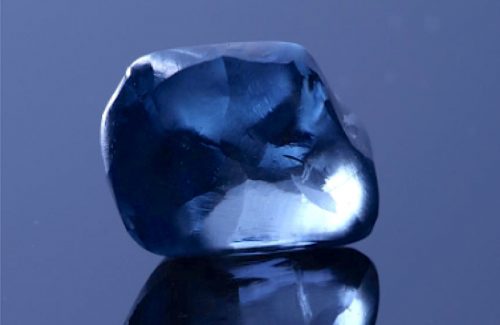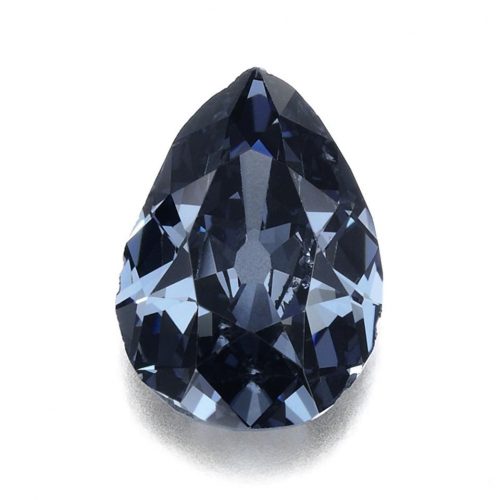Phillips will feature a blue diamond ring by Tiffany & Co. at its upcoming New York Jewels auction, expecting it to fetch up to $2.5 million.
The cut-cornered square modified brilliant-cut, 3.02-carat, fancy-intense-blue, VS2-clarity diamond ring will lead the December 9 sale, the auction house said Wednesday.
An assortment of colorless diamonds will also go under the hammer, including an emerald-cut, 11.34-carat, D-color, VVS2-clarity, type IIa diamond ring by Harry Winston. The piece, which is flanked by two triangle-shaped diamonds weighing a total of 1.45 carats, has a presale estimate of $500,000 to $800,000. A 1925 Art Deco ring by Spaulding & Co., featuring a modified marquise brilliant-cut, 7.69-carat, D-color, VS2-clarity, type IIa diamond, will go under the hammer for $150,000 to $250,00, while a cut-cornered rectangular modified brilliant-cut, 13.05-carat diamond ring is estimated at $80,000 to $120,00.
Other notable items include a fancy-color diamond and gold necklace, featuring a pear modified brilliant-cut, 3.01-carat, fancy-blue-grey diamond, estimated at $250,000 to $450,000. A cut-cornered square step-cut, 16.23-carat, fancy-intense-yellow, VS1-clarity diamond ring by De Beers carries a presale estimate of $220,000 to $400,000.
Source: Diamonds.net


